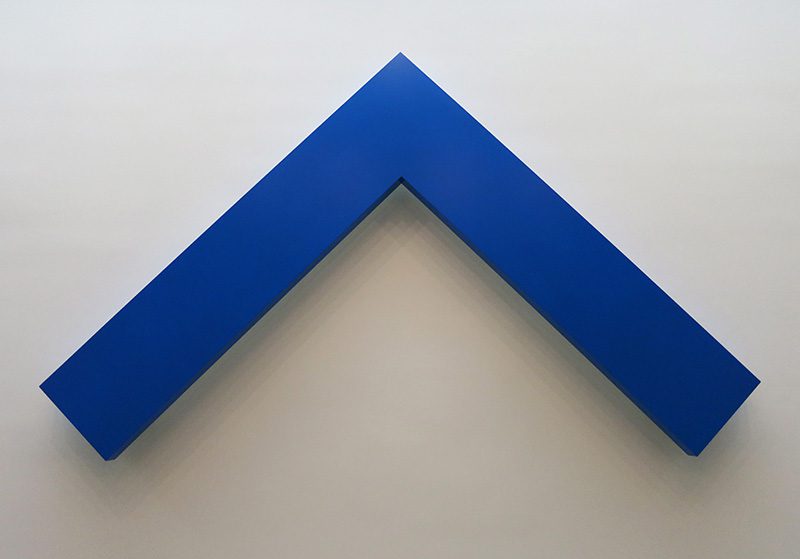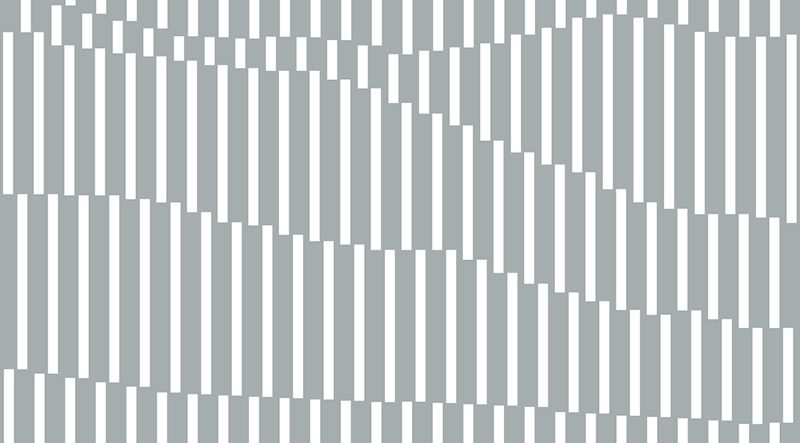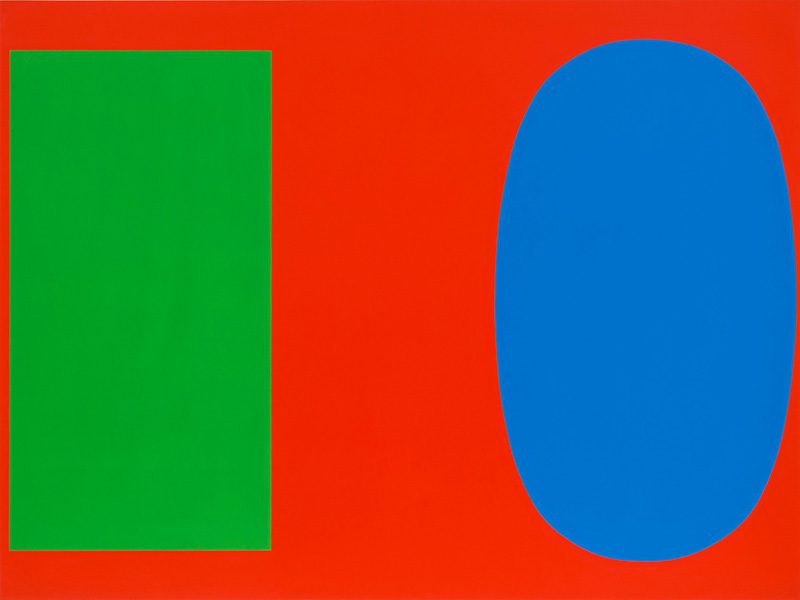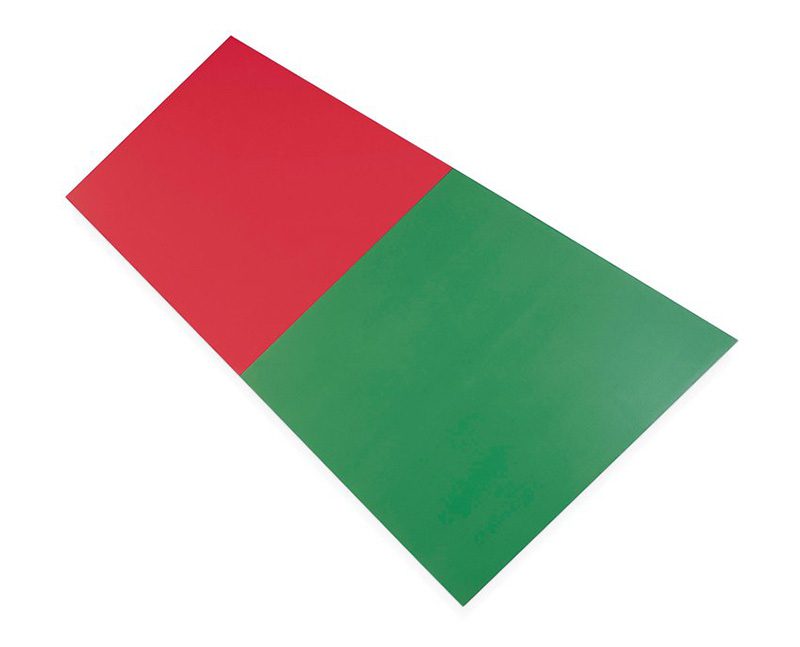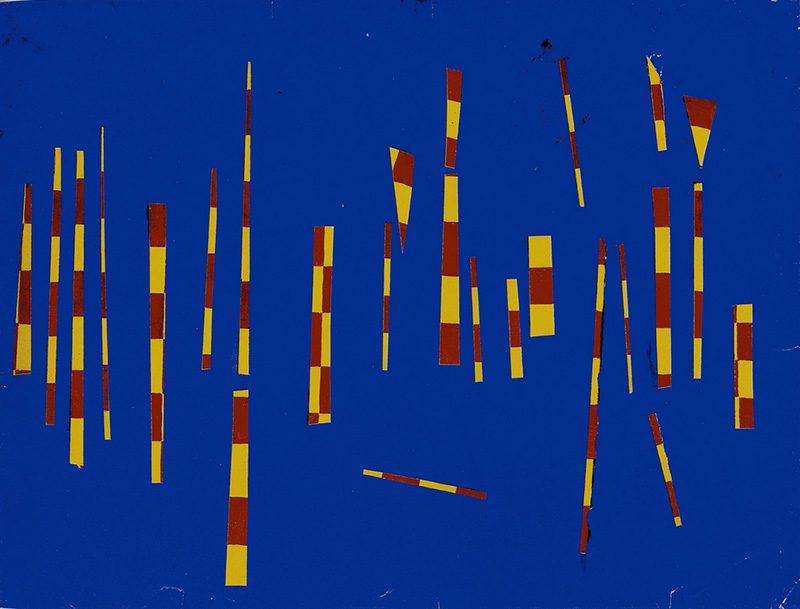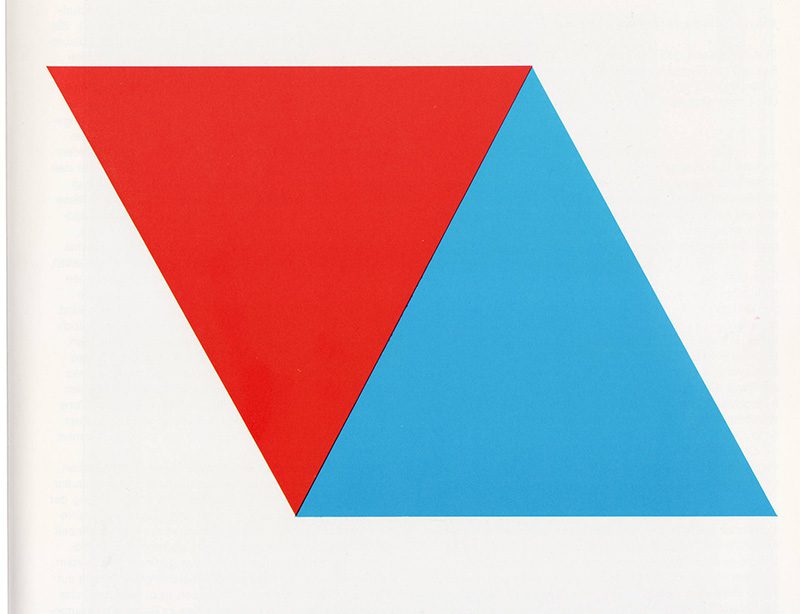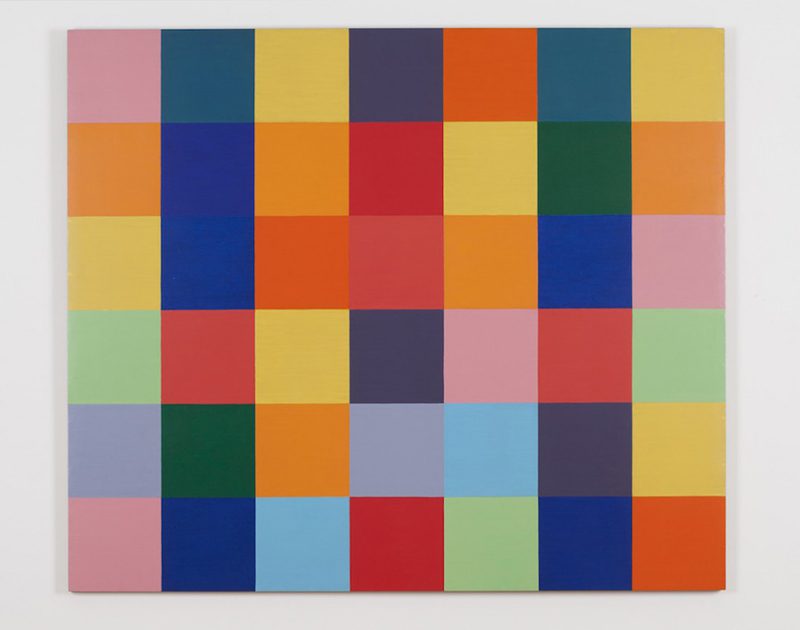TRACES: Ellsworth Kelly
 Today is the occasion to bear in mind Ellsworth Kelly (31/5/1923-27/12/2015), one of America’s great 20th Century Abstract artists, who in the years after World War II shaped a distinctive style of American painting by combining the solid shapes and brilliant colors of European Abstraction with forms distilled from everyday life. Through documents or interviews, starting with: moments and memories, we reveal out from the past-unknown sides of big personalities, who left their indelible traces in time and history…
Today is the occasion to bear in mind Ellsworth Kelly (31/5/1923-27/12/2015), one of America’s great 20th Century Abstract artists, who in the years after World War II shaped a distinctive style of American painting by combining the solid shapes and brilliant colors of European Abstraction with forms distilled from everyday life. Through documents or interviews, starting with: moments and memories, we reveal out from the past-unknown sides of big personalities, who left their indelible traces in time and history…
By Efi Michalarou
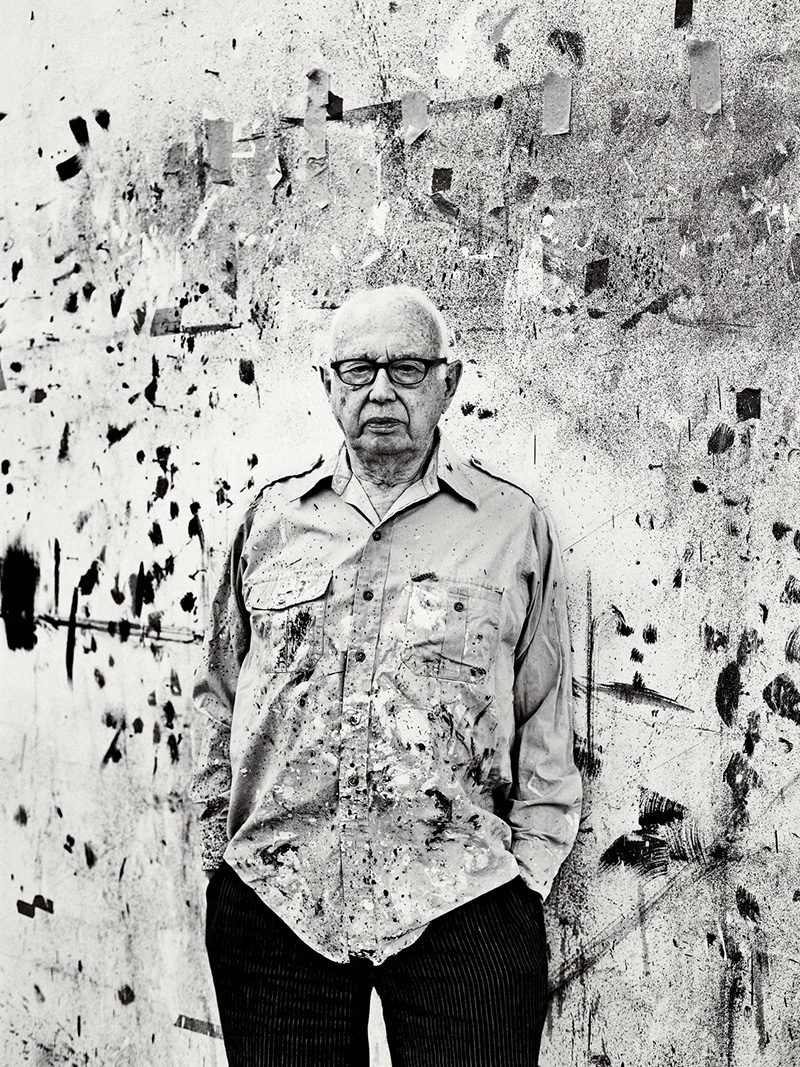 Ellsworth Kelly grew up in northern New Jersey, where he spent much of his time alone, often watching birds and insects. These observations of nature would later inform his unique way of creating and looking at art. Before serving in the army during World War II, Kelly studied technical art (the only type of art training his parents agreed to fund) for a year (1941–42) at the Pratt Institute in Brooklyn. In 1943, Kelly enlisted in the army and joined the camouflage unit called “The Ghost Army,” which had among its members many artists and designers. When he returned from his tour of duty, Kelly studied at the School of the Museum of Fine Arts in Boston (1946–48) and then went abroad to Paris to study at the École des Beaux-Arts (1948–49). During his years in Paris he made contact with many artists: Jean Arp, Constantin Brancusi, Joan Miró, and Alexander Calder, among others. His interest at that time was in Byzantine and Renaissance art and Romanesque architecture as well as in the Surrealist movement’s practice of automatic drawing, which relied on spontaneity and chance. He used that method for inspiration when creating early abstract works such as “Colors for a Large Wall” and the series titled “Spectrum Colors Arranged by Chance” (both 1951), checkerboards of colour, black, and white squares assembled in a random order. Kelly had his first solo exhibition in Paris in 1951. He returned to the United States in 1954 and lived among other artists, including Agnes Martin, Jack Youngerman, Robert Indiana, Lenore Tawney, and James Rosenquist. The New York City art world in 1954 was dominated by Abstract Expressionism. Like the Abstract Expressionists, Kelly sometimes worked on a very large scale. He diverged from that movement, however, in his rejection of painterliness, or showing any sign of the painter’s hand in his paintings. Instead, his paintings typically are flat and consist of adjacent geometric panels of smooth uninflected colour like: “Blue Green Red” (1963). He had his first solo exhibition in the U.S.A. at the Betty Parsons Gallery in 1956 and was regularly included in the group exhibitions “Young America 1957” and “Sixteen Americans” alongside Jasper Johns, Frank Stella and Robert Rauschenberg. In the ‘60s Kelly also began applying his approach to color, form, and line to printmaking. As Kelly’s reputation grew, he received numerous commissions for large-scale sculptures, such as for the Transportation Building in Philadelphia (1957) and the New York State Pavilion at the New York World’s Fair (1964). When he moved to upstate New York in 1970, Kelly began creating large-scale outdoor sculptures and public art works that appear in museum collections around the world and in public spaces. In 1974 he was elected to the National Institute of Arts and Letters and received the Painting Prize from Art Institute of Chicago. In addition, he was elected to the French Legion of Honour (1993). He was the recipient of the Japan Art Association’s Praemium Imperiale prize for painting (2000) and the National Medal of Arts (2012). In 2015 the Blanton Museum of Art in Austin, Texas, accepted a design by Kelly for a freestanding stone building with coloured glass windows and other interior features designed by the artist, which, when constructed, would be the only work of its kind by Kelly.
Ellsworth Kelly grew up in northern New Jersey, where he spent much of his time alone, often watching birds and insects. These observations of nature would later inform his unique way of creating and looking at art. Before serving in the army during World War II, Kelly studied technical art (the only type of art training his parents agreed to fund) for a year (1941–42) at the Pratt Institute in Brooklyn. In 1943, Kelly enlisted in the army and joined the camouflage unit called “The Ghost Army,” which had among its members many artists and designers. When he returned from his tour of duty, Kelly studied at the School of the Museum of Fine Arts in Boston (1946–48) and then went abroad to Paris to study at the École des Beaux-Arts (1948–49). During his years in Paris he made contact with many artists: Jean Arp, Constantin Brancusi, Joan Miró, and Alexander Calder, among others. His interest at that time was in Byzantine and Renaissance art and Romanesque architecture as well as in the Surrealist movement’s practice of automatic drawing, which relied on spontaneity and chance. He used that method for inspiration when creating early abstract works such as “Colors for a Large Wall” and the series titled “Spectrum Colors Arranged by Chance” (both 1951), checkerboards of colour, black, and white squares assembled in a random order. Kelly had his first solo exhibition in Paris in 1951. He returned to the United States in 1954 and lived among other artists, including Agnes Martin, Jack Youngerman, Robert Indiana, Lenore Tawney, and James Rosenquist. The New York City art world in 1954 was dominated by Abstract Expressionism. Like the Abstract Expressionists, Kelly sometimes worked on a very large scale. He diverged from that movement, however, in his rejection of painterliness, or showing any sign of the painter’s hand in his paintings. Instead, his paintings typically are flat and consist of adjacent geometric panels of smooth uninflected colour like: “Blue Green Red” (1963). He had his first solo exhibition in the U.S.A. at the Betty Parsons Gallery in 1956 and was regularly included in the group exhibitions “Young America 1957” and “Sixteen Americans” alongside Jasper Johns, Frank Stella and Robert Rauschenberg. In the ‘60s Kelly also began applying his approach to color, form, and line to printmaking. As Kelly’s reputation grew, he received numerous commissions for large-scale sculptures, such as for the Transportation Building in Philadelphia (1957) and the New York State Pavilion at the New York World’s Fair (1964). When he moved to upstate New York in 1970, Kelly began creating large-scale outdoor sculptures and public art works that appear in museum collections around the world and in public spaces. In 1974 he was elected to the National Institute of Arts and Letters and received the Painting Prize from Art Institute of Chicago. In addition, he was elected to the French Legion of Honour (1993). He was the recipient of the Japan Art Association’s Praemium Imperiale prize for painting (2000) and the National Medal of Arts (2012). In 2015 the Blanton Museum of Art in Austin, Texas, accepted a design by Kelly for a freestanding stone building with coloured glass windows and other interior features designed by the artist, which, when constructed, would be the only work of its kind by Kelly.